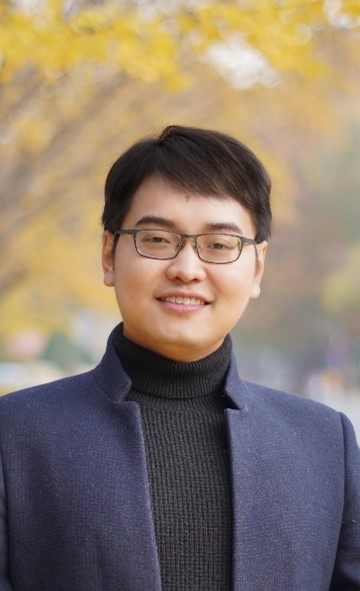
Dr. Di Chen
Dr. Di Chen is an associate research fellow of the Future Laboratory, Tsinghua University. He got his B.S. from Tsinghua University and Ph.D from MIT, both in Materials Science and Engineering. He completed his postdoc training at Stanford University. His research group works on the electrochemical reactions at the interfaces.
1. Please summarize the research you do and explain why it is significant?
We focused on understanding the high temperature reactions at the solid-gas interface. We used Pr-doped CeO2 thin film electrode as an example. By conducting in operando APXPS/APXAS characterizations, we clearly confirmed that there is no surface potential at the solid-gas interface. Combining current-voltage measurements under different applied bias with theoretical model simulations (defect chemistry and microkinetic models), we established a versatile method to determine the rate-determining step of oxygen incorporation reaction. We believe this method could be further extended to many other systems such as proton exchange membrane fuel cells and lithium batteries.
2. How might your research be used?
This research built a method to understand the rate-determining step of the oxygen incorporation reaction at the cathode of solid oxide fuel cells (SOFCs), which was considered as a main limiting parameter for the application of SOFCs at larger scale. We think this research would be useful for people to further design and improve the cathode materials in SOFCs and help to develop more renewable energy systems with high efficiency.
3. What features of Park AFM are the most beneficial and why?
To understand the reactions on the surface of the thin film electrode, it is quite important for us to characterize the surface structure, which would influence the physical and chemical properties of the materials. Atomic force microscopy is a powerful tool characterize the surface structure. The AFM from Park satisfies our research needs very well. Park AFM has a function to fast load and unload the tip, which saved our time and reduce the loss of tips.
